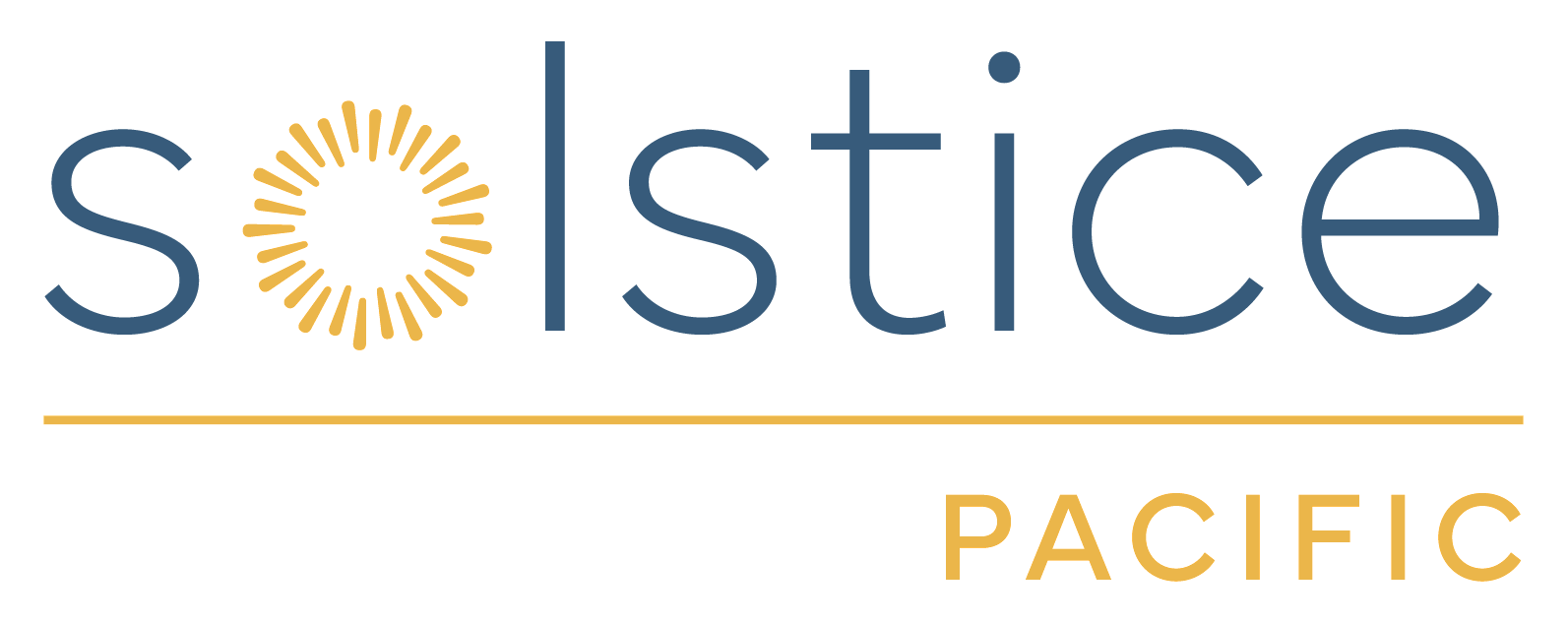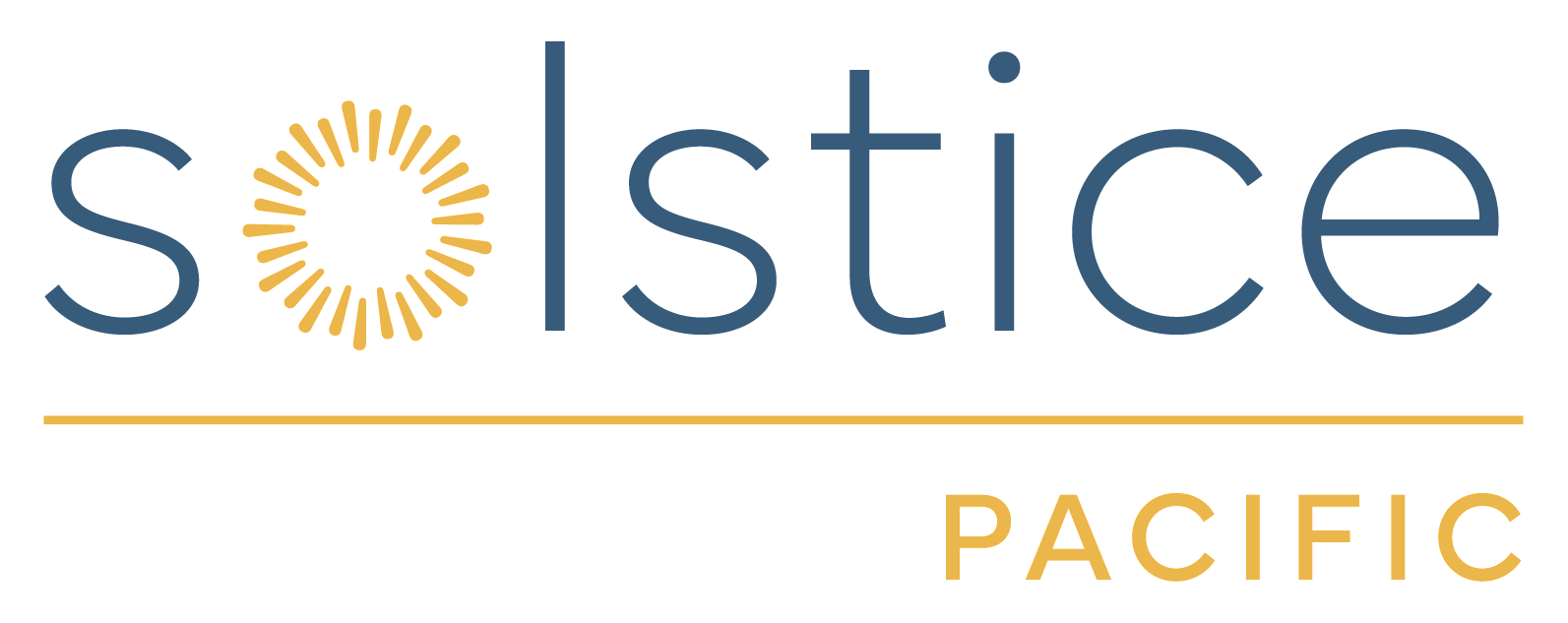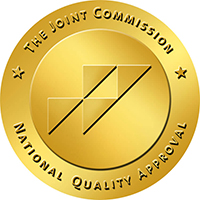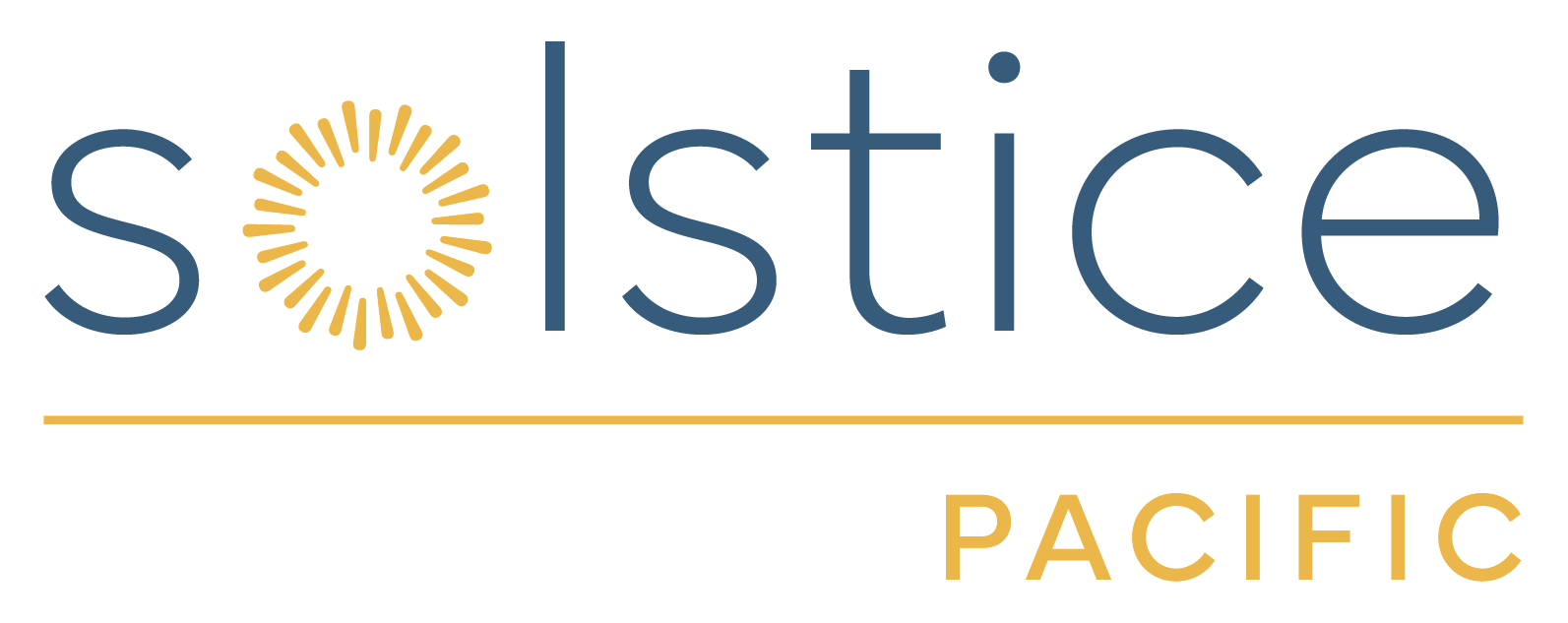Brain Waves

When it comes to brain wave patterns, the brain may have various significant deficits or imbalances. There are 4 especially key patterns that are measured. Delta Waves, typically present in deep sleep; Theta waves, typically present when one is drowsy or beginning to fall asleep; Alpha waves, typically present when awake but relaxed and/or eyes closed; Beta waves, typically present during focus, learning, and high level cognition. Symptoms arise when these waves are disrupted.
We measure your brain wave patterns via EEG (electroencephalogram) to determine how your brain is functioning. During the EEG, we simulate an awake, relaxed state by having you close your eyes during the recording.
In an ideal sense, a healthy EEG should demonstrate clear awake, relaxed brain waves. However, in mood disorder, TBI, ADHD, Autism, and substance abuse, we see much different results. We tend to see an abundance of light or deep sleep waves (slow wave activity), or very fast hypervigilant waves instead of relaxed alpha waves. It’s considered abnormal if either of these extremes are prevalent when the brain is trying to be calm and relaxed. What is the significance of this? This means that individuals are attempting to function at high levels when their brains are in a sleep-like state. Or, the brain is moving too quickly when you need to remain calm, focus, or process information. As a result of these abnormal wave patterns, emotional dysregulation, irritability, difficulty focusing, difficulty reaching milestones, impulsivity, or even suicidal ideation may be present.
Additionally, the brain rapidly burns through nutrients attempting to catch up to the demands of the day while in this sleep-like state. This depletion further impacts the brain’s ability to process information and regulate mood. Until these brain wave patterns are restored, it is extremely difficult for the brain to truly heal.




